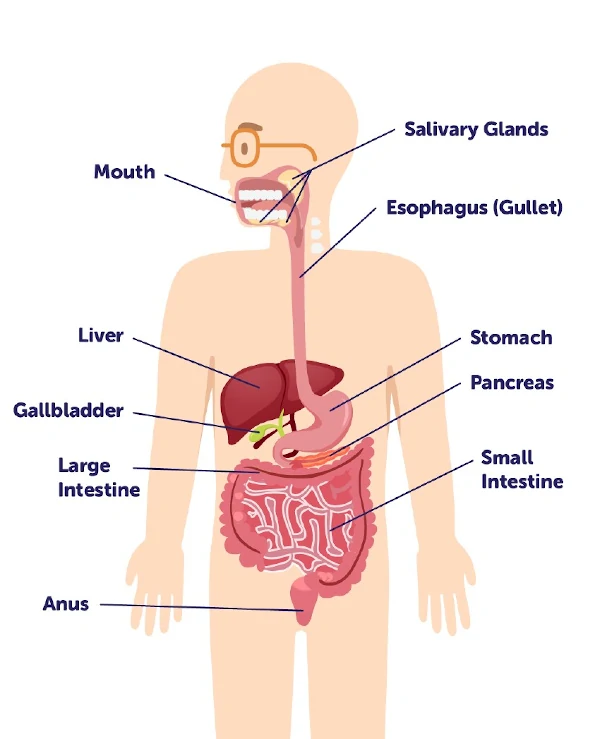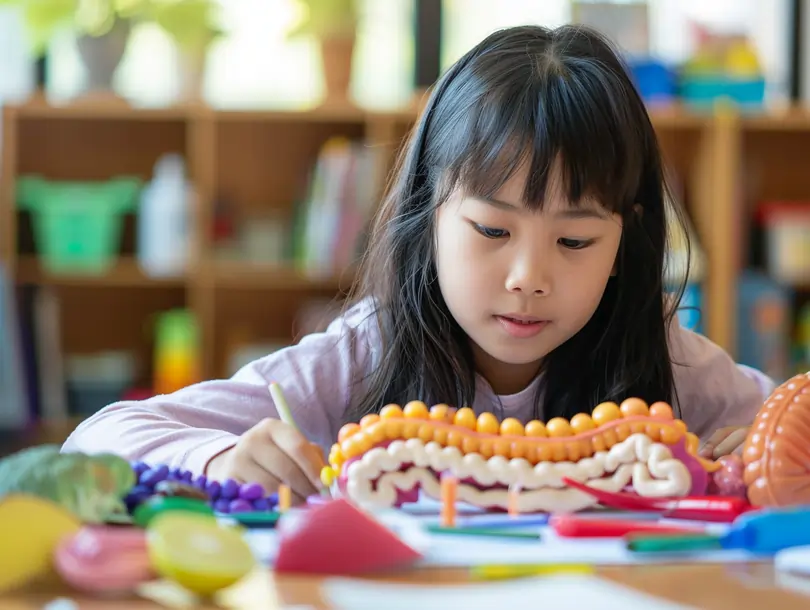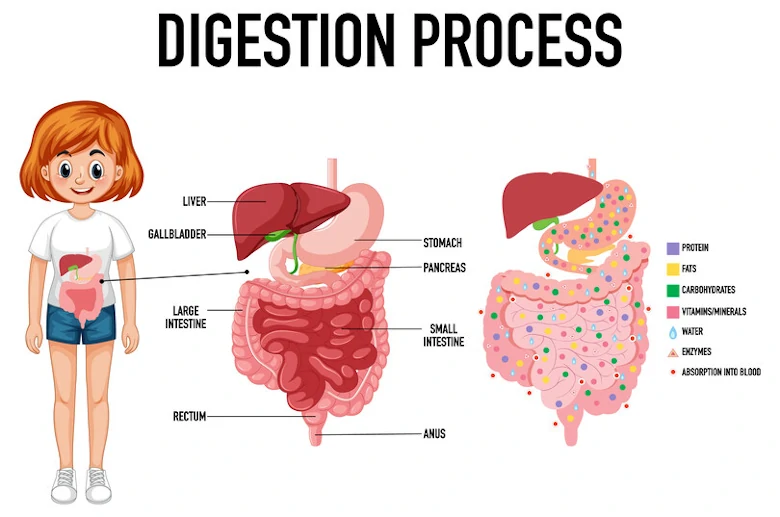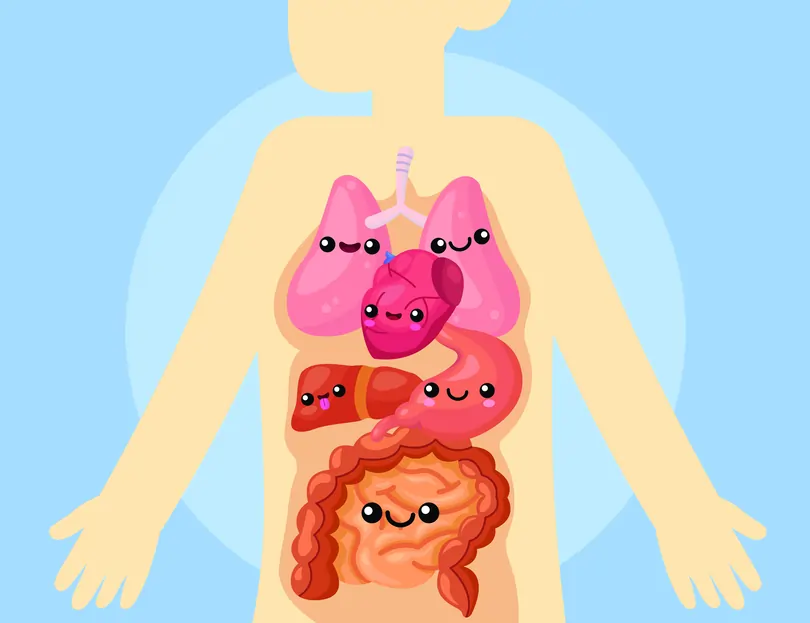Answering Technique: CER
In this article, you will learn about an answering technique known as the ‘CER’ method according to the Singapore Primary 3 Science Syllabus. It is a method to answer explanation questions which helps to link information given in the question and concepts together. At the end of the article, you will be able to use the CER method to answer explanation questions.
The ‘CER’ Method
The CER method is a method that is used to answer Primary Science explanation questions. ‘CER' represents the following:
| C | Claim
|
|---|---|
| E | Evidence
|
| R | Reasoning
|
This method is mostly applicable to the following types of questions:
- experimental questions
- questions that test on concepts using experiments in the first part of the question, followed by application of the concept in the earlier parts of the question to the next few parts of the question
Using Example 1 and Example 2 below to demonstrate the use of CER method
Example 1
The table below shows three materials, J, K, and L. A tick (✔) shows the material has that property.
| Material | Properties Of Materials | ||
|---|---|---|---|
| Waterproof | Flexible | Allow Light To Pass Through | |
| J | ✔ | ||
| K | ✔ | ✔ | ✔ |
| L | ✔ | ✔ | |
Based on the information given in the table above, which material (J, K, or L) is most suitable to be made into a raincoat? Explain your answer.
Thought Process
What are the properties of materials that are required to make a raincoat?
- waterproof – to keep the rain out
- flexible – for the user to wear comfortably
With reference to the table, the material that is waterproof and flexible will be the possible solution to the question.
Using ‘CER’,
| C | Claim
|
|---|---|
| E | Evidence
|
| R | Reasoning
|
How should you phrase the solution?
Solution:
Material K
Explanation:
Material K is waterproof, which helps to keep the user dry from the rain. It is also flexible, allowing the user to wear the raincoat easily.
Example 2:
Lindy conducted an experiment with four pieces of different materials, E, F, G, and H. She submerged each material into four identical containers of 500 ml of water for 15 minutes. She then recorded the amount of water left in each container. Each material is of the same size and thickness.
| Material | Amount of water left in each container after removing the material (\(\text{ml}\)) |
|---|---|
| E | 200 |
| F | 360 |
| G | 150 |
| H | 420 |
Based on her results, which material should Lindy use to make a bath towel? Explain your answer.
Thought Process
What are the properties of materials required to make a bath towel?
- able to absorb as much water as possible
- to dry the user quickly
With reference to the table, the material that absorbed the most amount of water will be the possible solution to the question. However, the table given is the amount of water left in the container after removing the material and not the amount of water absorbed by the material. Thus, simple mathematics can be used to help find the amount of water absorbed by each material.
| Material | Amount of water absorbed by the material (\(\text{ml}\)) |
|---|---|
| E | 500 – 200 = 300 |
| F | 500 – 360 = 140 |
| G | 500 – 150 = 350 |
| H | 500 – 420 = 80 |
Based on the table above, material G absorbed the most amount of water.
Using ‘CER’,
| C | Claim
|
|---|---|
| E | Evidence
|
| R | Reasoning
|
How should you phrase the solution?
Solution:
Material G
As the amount of water left in the container for material G is the least, it shows that material G absorbs the most amount of water and is the most absorbent material. Thus, the user will able to dry himself the fastest.
Conclusion
In this article, we learnt to use the CER method to answer explanation questions. The CER method helps to link information given in the question and the related concepts together to craft suitable phrasing and answering.
Test Your Concepts
Answer the following questions based on the concepts that we have covered in this article. If you are unclear, you may want to revisit the relevant section to revise the concepts.
Question 1:
The diagram below shows the different stages A, B, C, and D of the growth of a bean seed.
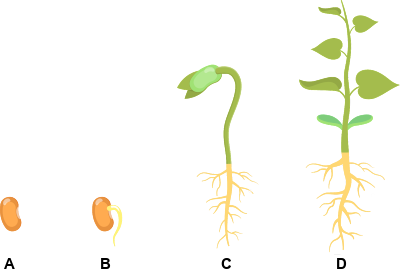
Based on the diagram above, at which stage A, B, C, or D can the plant start to make its own food? Explain your answer.
Solution:
Stage C. The first leaves have appeared and are able to trap sunlight to make food.
Explanation:
| C | Claim
|
|---|---|
| E | Evidence
|
| R | Reasoning
|
Question 2:
Ken placed 200g of food and 400 ml of water in three similar cages R, S, and T. He recorded the amount of food and water left at the end of the week in the table below.
| Cage | Amount Of Food Left \(\text{(g)}\) | Amount Of Water Left \(\text{(ml)}\) |
|---|---|---|
| R | 20 | 100 |
| S | 200 | 400 |
| T | 40 | 120 |
Based on the results, which cage(s) contained a living thing? Explain your answer.
Solution:
Cages R and T.
The amount of food and water decreased in both cages R and T. As living things need food and water to survive, this shows that the things in R and T were living things as they fed on the food and water.
Explanation:
| C | Claim
|
|---|---|
| E | Evidence
|
| R | Reasoning
|
Question 3:
Don set up the experiment as shown in the diagram below.
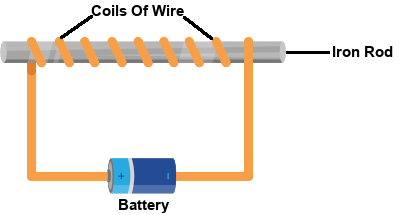
He counted the number of steel paper clips that the iron rod could attract in the table as shown below.
| Set-up | Number of batteries used | Number of turns of wire around the iron rod |
|---|---|---|
| X | 1 | 10 |
| Y | 2 | 15 |
| Z | 3 | 20 |
Based on the set-ups Don has, which set-up (X, Y, or Z) will make an electromagnet that attracts the most number of steel paper clips? Explain your answer.
Solution:
Set-up Z.
The iron nail in set-up Z has the most number of batteries and the most number of turns of wire around it. This causes the iron nail to become the strongest electromagnet and be able to attract the most number of steel paper clips.
Explanation:
| C | Claim
|
|---|---|
| E | Evidence
|
| R | Reasoning
|
 SG
SG  VN
VN 
